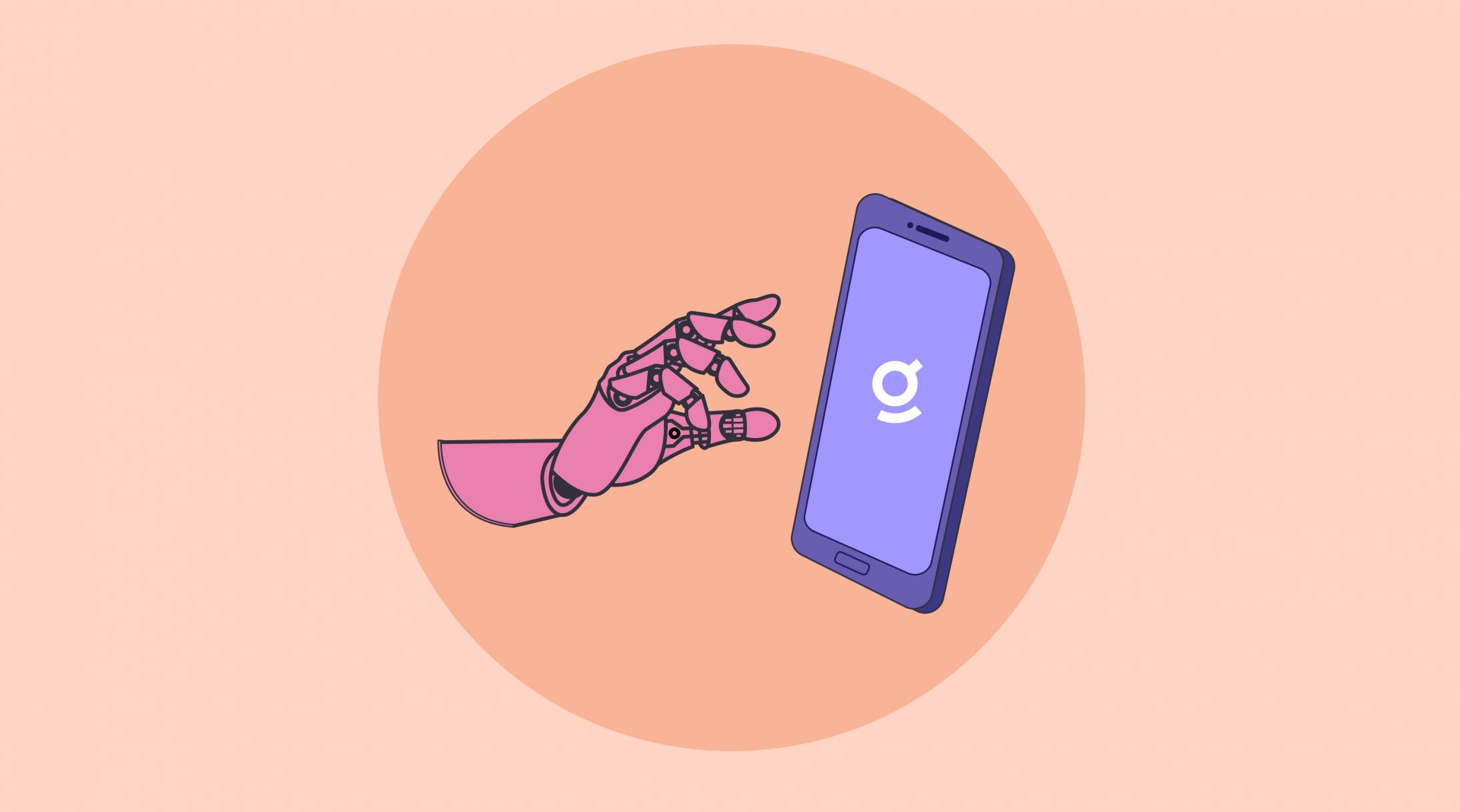When you can’t find it, build it – the motto became the origin story of Arvind Jain’s holistic enterprise search idea. It all started when Jain found himself spending a lot of his day’s time looking for information, people who could have the answers, and toggling between multiple apps that had bits of closely connected data. To his surprise, there was no one-solution-that-fits-all option in the market. What’s worse is that employees spending 2.5 hours a day searching for information was becoming an industry norm.
Operating at an age where AI has become mainstream, especially in terms of productivity and process automation, this dire situation needed an urgent solution. Marking the entry of Glean AI. The one-of-its-kind platform is an advanced enterprise search tool built on the capabilities of retrieval-augmented generation and a blend of Knowledge + Learning Engines. With its powerful features but steep pricing, the tool has created a space for competition to enter.
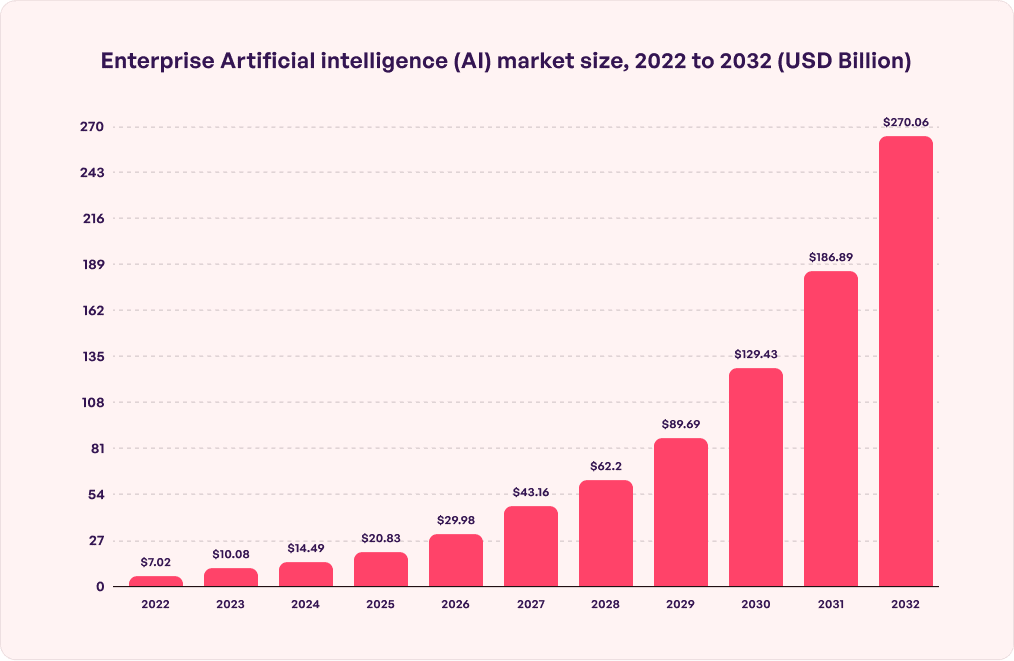 In this article, we will be looking at multiple facets that should be considered when you build enterprise app like glean AI, giving SaaS-focused entrepreneurs the information they need to ideate and initiate the development journey.
In this article, we will be looking at multiple facets that should be considered when you build enterprise app like glean AI, giving SaaS-focused entrepreneurs the information they need to ideate and initiate the development journey.
Table of contents
How does Glean AI works?
Glean experience is very similar to ChatGPT, but limited to enterprise’s resource and content boundaries. When users make a natural language-based query, the search technology uses APIs for checking the activity and content related to the query before storing it in a customer’s cloud environment. This stored data is then fed to large language models trained on that specific enterprise’s data, to generate the query result.
Glean AI app is built on five layers – infrastructure, connectors, governance engine, company’s knowledge graph, and an adaptive Al layer.
- For connecting the enterprise’s content repositories and applications, it uses the in-built connectors that links the platform with sources like Salesforce, Zendesk, Jira, GitHub, Slack, Figma, others.
- The governance layer helps in ensuring that generative AI follows company’s security policies and set boundaries like access and identity management.
- The knowledge graph layer understands relations between content, users, and enterprise’s internal language. This helps the platform identify jargons and nuances such as how users collaborate, how information relates to one another, and which information is relevant to the users.
- The adaptive AI layer utilizes knowledge graph information and operates it through LLM embeddings for semantic understanding and generative AI. This process enables companies to avoid full training or finetuning of AI models through enterprise’s information corpus.
Understanding how an enterprise app like glean AI works can give aspiring entrepreneurs insights into what to expect from their version of the product. In addition to a technical understanding, it is equally critical to know the features that would bring your app on the similar grounds as Glean generative AI.
Must-have features of Glean AI-like app
While complex on the engineering end, the features of Glean AI are fairly straightforward. Here’s a quick rundown of the functionalities.
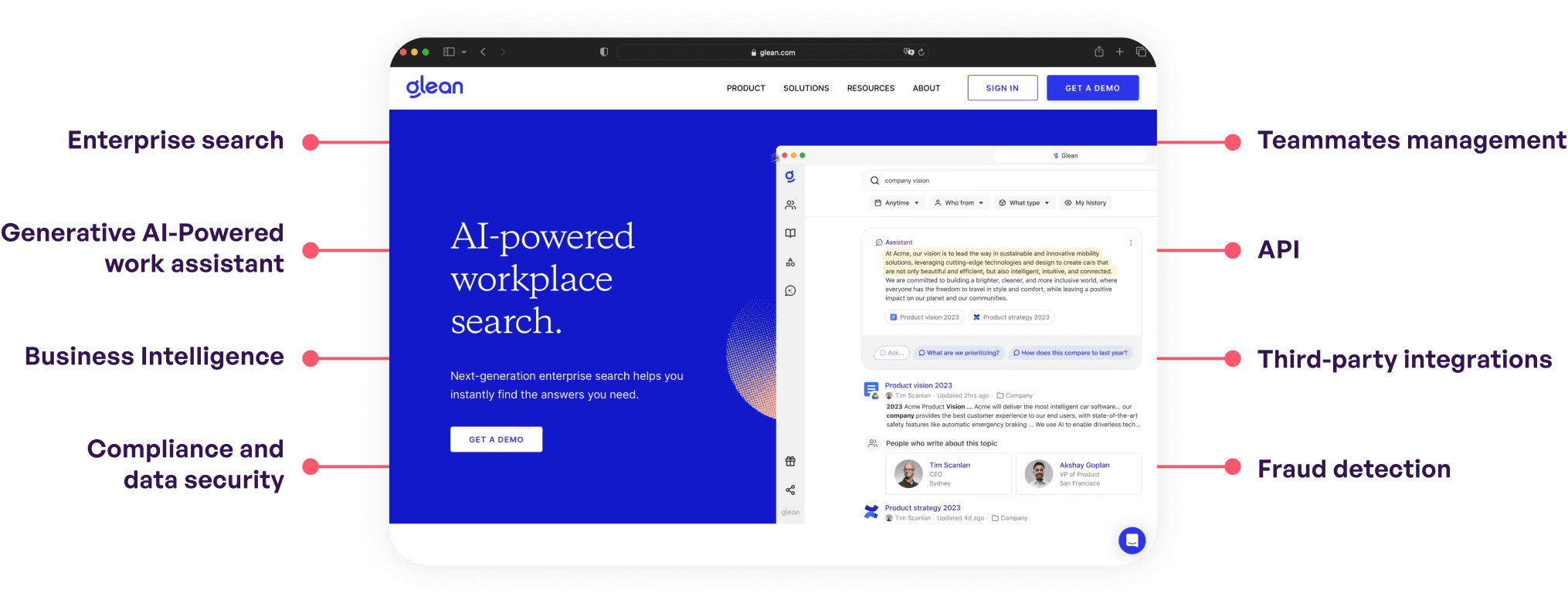
Unified search interface
Glean AI built on powerful generative AI development services, provides a single search bar that allows users to search across various company data sources such as emails, documents, databases, and internal communication tools. When you build enterprise AI app like Glean, focus on creating a system that would support natural language queries, making it easier for users to find relevant information without needing specific search syntax.
AI-powered insights
Another feature to consider is utilization of generative AI for enterprise. The functionality gets users relevant files, documents, and data even before they are explicitly searched for. This is done by analyzing user’s work habits and ongoing projects. Something that becomes possible with AI capabilities that automatically categorizes and tags data, improves the searchability and organizes information.
Secure access control
When you build an app like Glean, ensure that the search results are aligned with the organization’s security practices and that the users only view information they are allowed to access. The app, for instance, uses encryption and other security measures to protect sensitive data from unauthorized access.
Integration with enterprise tools
Development of enterprise app like Glean AI would also call for a seamless integration with commonly used enterprise tools like Microsoft Office, Google Workspace, Slack, Figma, and more, enabling employees to retrieve information from all connected platforms through a single search. Post integration, the app uses in-built connectors to retrieve data for the users.
Analytics and reporting
Glean platform provides detailed insights into the search patterns, which can help with identifying the common information bottlenecks and predict improvements in the information management practices. The functionality also enables the IT and management teams in understanding how information is being accessed and used within the company.
Customizable search experience
The enterprise AI allows businesses to customize the search experience to their specific needs, including customizing filters and search algorithms. For companies with a dedicated engineering team or access to one, the platform also supports creation of custom applications to meet specialized search and data retrieval needs.
These features only give a surface, MVP-level view of functionalities you should consider when you build enterprise app like Glean AI. The extensiveness of it would depend entirely on how expansive you want your version of the product to be.
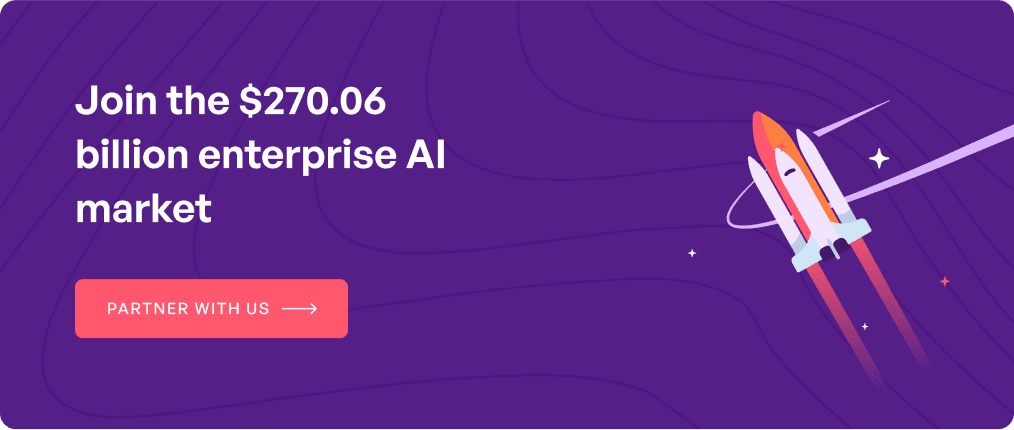 Besides getting an idea of functionalities that users would interact with, knowing the Glean AI app features can also help on the costing part. Usually, the cost of an app – irrespective of the category – is dependent on the features, design system, technologies and third-party integrations, and the number of platforms the app will be made live on.
Besides getting an idea of functionalities that users would interact with, knowing the Glean AI app features can also help on the costing part. Usually, the cost of an app – irrespective of the category – is dependent on the features, design system, technologies and third-party integrations, and the number of platforms the app will be made live on.
In the next section, we will look at the cost of developing Glean generative AI by dividing the project into the SDLC. The assumption here is that the features in the MVP stage will be same as the ones mentioned above and the design system will be similar to the Glean’s interface.
Cost to develop app like Glean AI
Creating a Minimum Viable Product for a platform similar to Glean AI, focusing on just enough features to satisfy early customers and provide feedback for future development, will generally be less costly than a full-featured launch. Here’s a very simplified cost breakdown that includes all the essential functionalities for Glean-like AI development services:
Phase 1: Planning and Conceptualization
Estimated Cost: $20,000 – $50,000
Market research and initial design that would focus solely on core functionalities that validate the business model.
Phase 2: Development of MVP Features
Estimated Cost: $150,000 – $300,000
Development of a basic but functional AI-powered search system, initial knowledge graph capabilities, and fundamental data integration. This would include core backend functionalities and a basic UI/UX.
Phase 3: Testing and Initial Deployment
Estimated Cost: $50,000 – $100,000
Simplified testing focused on ensuring the functionality of core features, security basics, and the stability of the MVP. Initial deployment costs including minimal infrastructure and basic training materials for early users.
Total Estimated Cost for MVP
Initial Development and Launch: $220,000 – $450,000
This cost estimate for the MVP stage includes essential development, a lean approach to design and testing, and a focused deployment strategy. The aim here is to keep the budget manageable while proving the concept and laying a foundation for future expansion based on user feedback and market demand.
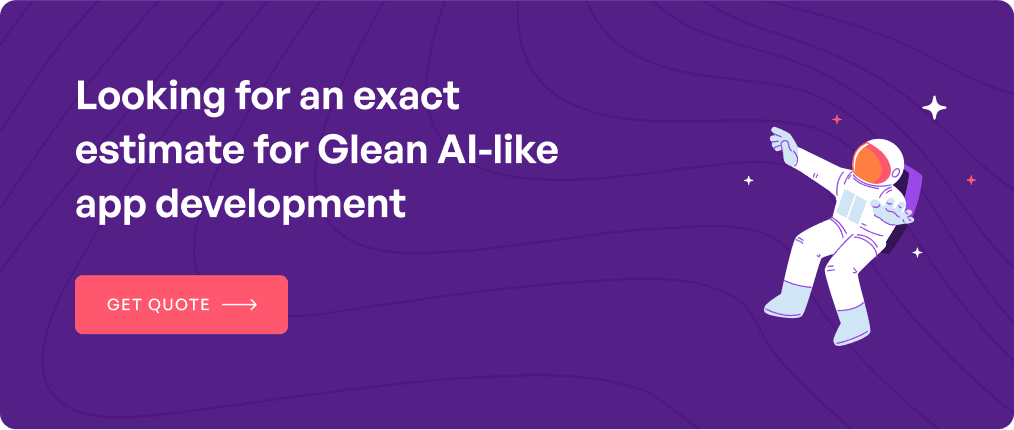 Now that we have looked into the technical and cost aspects of when you build an app like Glean, let us dive into the business side of the platform to get you an understanding of the product holistically.
Now that we have looked into the technical and cost aspects of when you build an app like Glean, let us dive into the business side of the platform to get you an understanding of the product holistically.
Glean AI revenue model explained
Glean makes money by charging a monthly per-seat subscription. A payment plan that is getting the platform recurring revenues in millions of dollars while aiding its funding needs. Looking to build something similar? Here are some more revenue models you can explore.
- Subscription-based revenue
- Tiered pricing structure
- Custom enterprise agreements
- API access and data usage
How to get a leg up in the domain?
Building a platform similar to Glean AI, which already offers advanced features like a knowledge graph, comprehensive search capabilities, and integration with large language models, sets a high benchmark. However, there are always opportunities to differentiate, innovate. Identifying those become easier when you know the ways companies use AI.
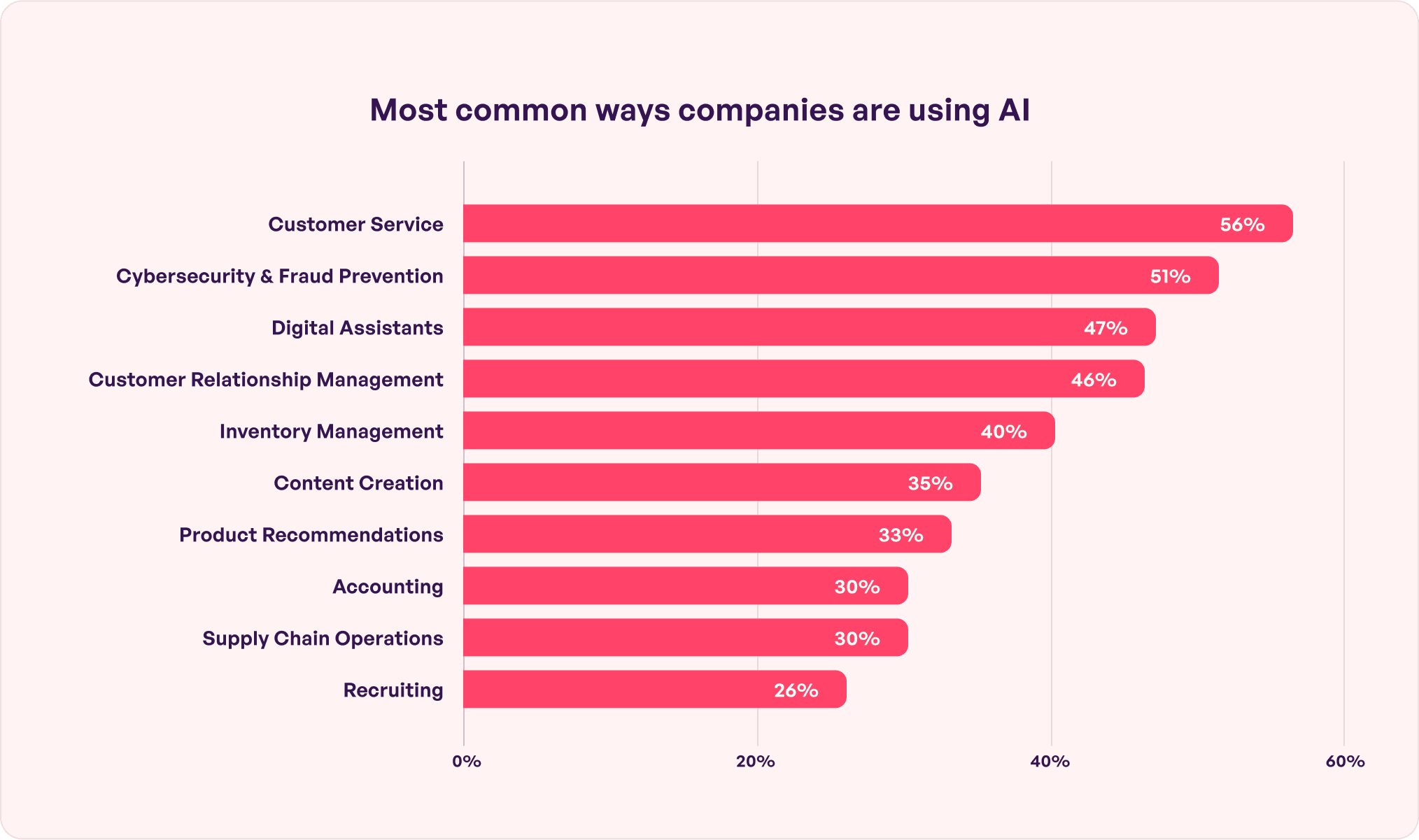 Here are some features and unique selling points that could potentially fill gaps in the enterprise AI applications market and make your solution stand out:
Here are some features and unique selling points that could potentially fill gaps in the enterprise AI applications market and make your solution stand out:
- Real-time collaboration tools: Enhance real-time collaboration by integrating live document editing, chat functionalities, and project management tools directly into the search and knowledge platform. This can encourage more dynamic teamwork directly aligned with the information being searched and used.
- Advanced customization capabilities: Allow users to extensively customize how the information is indexed, searched, and displayed based on individual or organizational preferences. This could include custom filters, views, or even personalized AI assistants tailored to user roles and industry-specific needs.
- Cross-language support and translation: Implementing seamless multi-language support and real-time translation can help multinational companies effortlessly access and utilize information across global teams.
- Deeper analytics and insights: Beyond search, providing advanced analytics tools that can predict trends, offer insights, and suggest actions based on the collected enterprise data can add substantial value. These could include sentiment analysis, trend prediction, or automated summary generation.
- Offline capabilities: Offer robust offline search and accessibility features that allow users to interact with their enterprise knowledge graph without needing a constant internet connection, which is particularly useful for mobile employees or those in unstable internet regions.
- Voice-activated search and commands: Incorporating voice recognition and control can enhance accessibility and ease of use, making the platform more adaptable to different working conditions and preferences.
At Simublade, we carry an extensive experience in utilizing AI for enterprise app development services. We have built several SaaS products ranging from one that revolutionizes lead generation with deep cloning technology to another where we built a Character AI like chatbot for a retail house’s ERP solution alongwith a smart generative AI-powered CRM solution.
Our AI development team understand the technology and its integration within industries perfectly – an expertise we use to build products that are unique and user-focused. Looking to transform your sector? Get in touch.
FAQs
Ans. The MVP-level cost of a product as complex as Glean AI can be anywhere between $220,000 – $450,000. It comprise of all the essential features, a basic UI/UX, and all the key API integrations.
Q. How long does it take to develop an enterprise app like Glean AI?
Ans. The time it would take to build something similar to Glean AI can be anywhere between 8 months to 1.5 years. It would ultimately be decided by looking at the features you opt for, platforms you wish to explore, and the design system.
Q. Why is Simublade the best choice for enterprise AI app development?
Ans. We are trusted by enterprises because we have an extensive prior experience in building smart solutions for a range of enterprise products – Internal CRM, ERP, and SaaS. The USPs that we offer to our clients range from in-budget and time delivery, multiple use cases exploration, and an extremely strong security architecture.


